Menu
Trees are beautiful, essential for our environment, and vulnerable to various pests that can cause significant damage. These pests can compromise the health and longevity of trees, leading to their decline or even death. Tree owners must know of these harmful pests and take preventive measures like hiring Driscoll Tree Service to protect them. Regular inspections by a professional tree service provider are vital in promptly identifying and addressing pest-related issues.
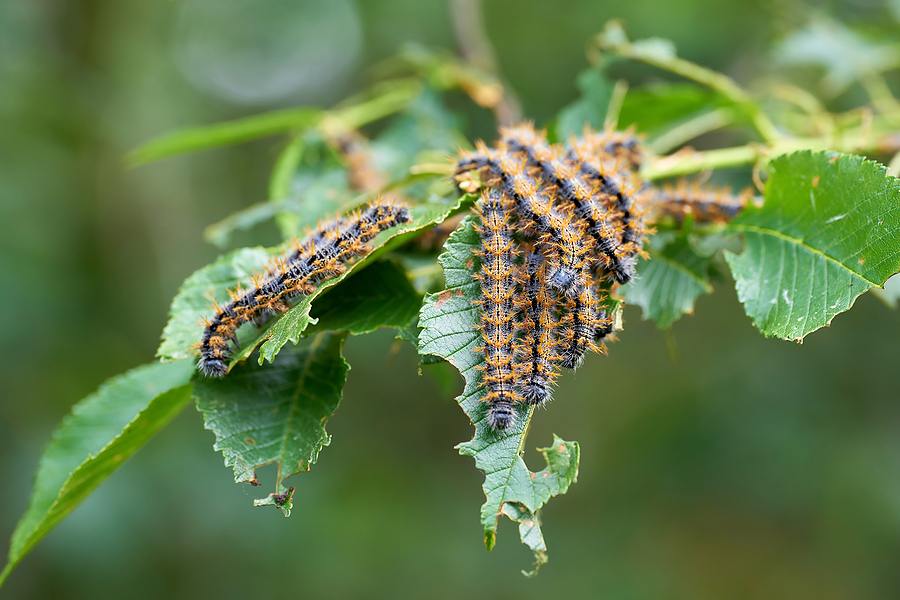
The emerald ash borer is a highly destructive insect that targets ash trees. Its larvae tunnel through the tree’s inner bark, disrupting the flow of water and nutrients. Infested ash trees often exhibit thinning foliage, crown dieback, and tree mortality.
Originating from Asia, the Asian long-horned beetle poses a significant threat to various tree species. These beetles bore into the trunks and branches, creating tunnels that weaken the tree’s structure. Signs of infestation include round exit holes, oozing sap, and sawdust-like frass.
The gypsy moth is notorious for defoliating trees. Their caterpillars consume the leaves, leaving trees vulnerable to additional stress and diseases. Severe infestations can weaken trees, making them susceptible to other pests and environmental stressors.
Pine bark beetles attack pine tree species, particularly those weakened by drought, disease, or injury. These beetles bore through the bark, disrupting the tree’s vascular system. Infested trees display yellowing or reddening foliage and resinous pitch tubes, eventually dying off.
Routine inspections conducted by a tree care company are vital for maintaining healthy trees and preventing extensive pest-related damage. Here are reasons to consider working with a trusted tree service provider.
Professional arborists are trained to identify signs of pest infestations even before visible symptoms appear. Their expertise enables them to spot subtle indicators and take swift action to mitigate the issue. Early detection and intervention increase the chances of saving an infested tree and minimizing the spread of pests.
Arborists can assess the severity of pest infestations and develop customized pest management strategies. These strategies may involve a combination of cultural practices, insecticides, biological control, or tree removal if necessary. By tailoring their approach, arborists optimize the effectiveness of pest control measures while minimizing any potential environmental harm.

Regular inspections help maintain the overall health of trees and the surrounding ecosystem. By addressing pest issues promptly, arborists ensure trees continue to provide essential benefits like shade, air purification, and wildlife habitat. Healthy trees contribute to a vibrant and sustainable environment.
Arborists can provide valuable advice on preventive measures to minimize the risk of future pest infestations. We can recommend tree species selection, proper planting techniques, and tree care practices that discourage pests. Proactive steps based on their guidance can significantly reduce the likelihood of pest problems in the future.
Understanding the harmful pests that affect trees and the damage they cause is crucial for tree owners. Scheduling routine inspections with a professional tree care company is essential to identify and address pest-related issues quickly. Driscoll Tree Service can protect your trees, preserve the environment, and ensure the longevity of these valuable natural assets. Contact us today to enjoy top-notch services at competitive market rates.

What are the Benefits of Brush Mulching? Mulching is a standard tree care practice that helps with moisture retention and soil nourishment. While there are several mulching techniques, brush mulching offers a sustainable solution to land management, as it entails…
Read More
Tree Planting Aftercare A tree can add immense value to your landscape, providing many benefits like shade, curb appeal, and overall environmental well-being. However, planting the tree is just the beginning. Ensuring its growth and longevity requires proper aftercare, and…
Read More (1).jpg)
How To Reduce Heat Stress On Trees With summer right around the corner, many of us are gearing up for pool days, vacations, cookouts, and stocking up on sunscreen. Amid all this seasonal preparation, however, there's one important part of…
Read More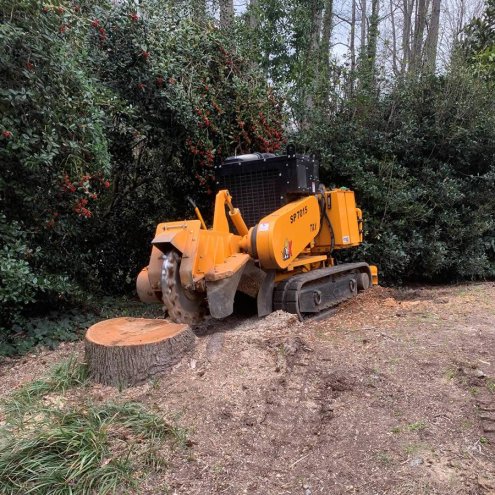
Why Stump Grinding Is an Important Part of Tree Removal We hate to see a tree go. Most homeowners do. After all, trees offer shade, privacy, and character to a yard; some even give us delicious fruit. So, taking one…
Read More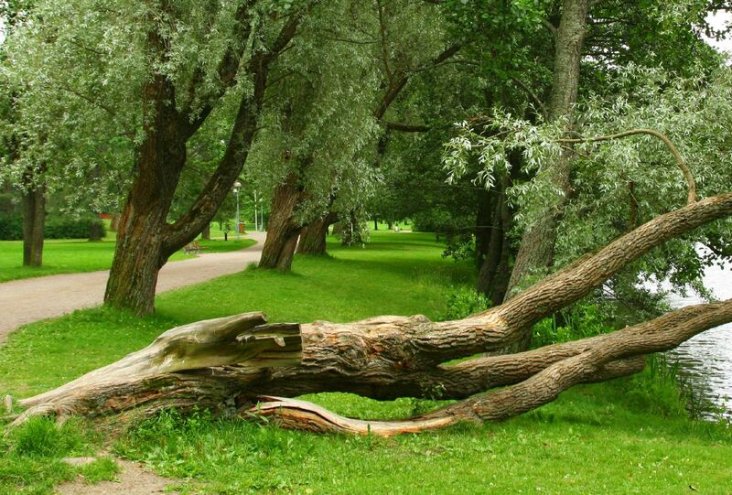
Why are My Tree Branches Falling Off? As the summer temperatures rise, the tranquility of your garden may be disrupted by branches falling off your trees. Unlike the more common storm or ice damage, these occurrences can leave you puzzled,…
Read More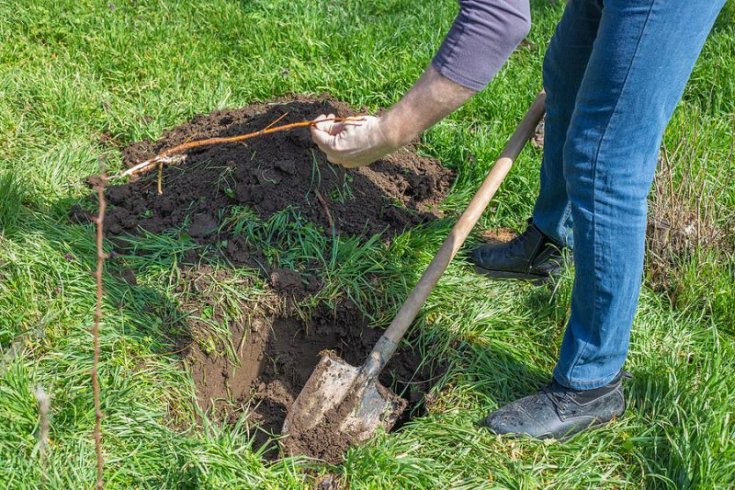
How to Care for Newly Planted Trees Trees are beautiful ornaments for any property, but they are more than decoration. They purify our air, offer us shade, and even provide fruit. Trees grow naturally out of the ground, but if…
Read More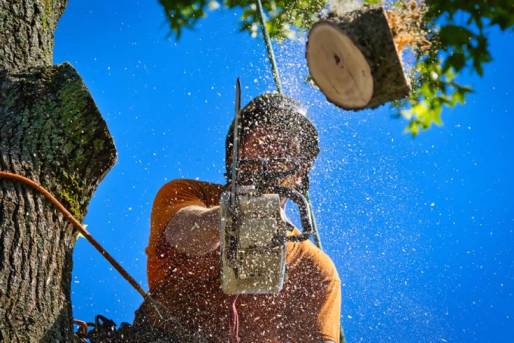
How to Find a Reliable Tree Service Company Trees are incredible ornaments that beautify the landscape and increase the value of properties. They can also provide fruits and much-needed shade as well as protection from high winds. Unhealthy and disheveled…
Read More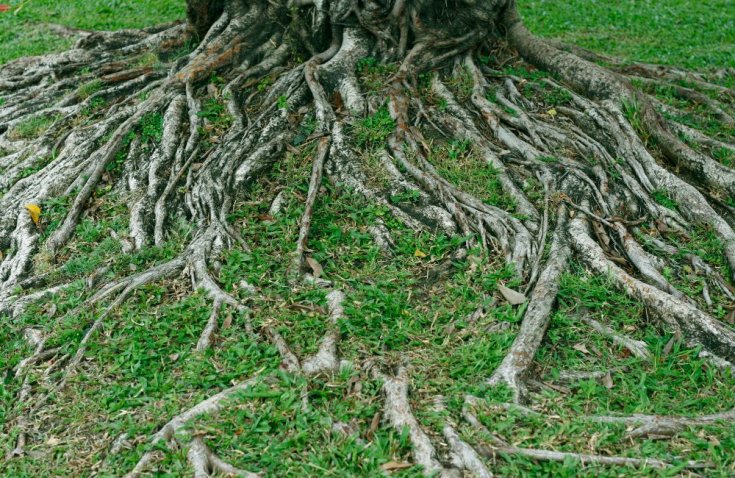
Caring for Your Tree’s Roots Planting a tree is a long-term investment, as most trees take several years to grow to their potential. While there are many ways to maintain maximum health, such as tree pruning and trimming, managing its…
Read More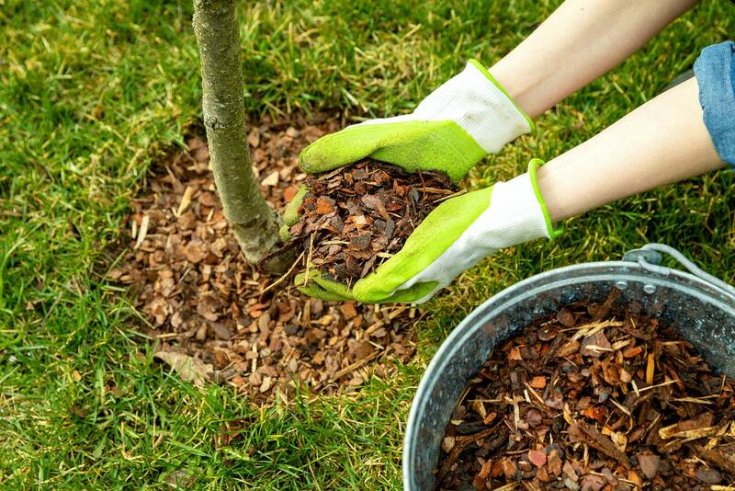
The Importance of Mulching Newly Planted Trees Regarding landscaping and gardening, the intricacies of nurturing nature’s wonders are both an art and a science. One crucial aspect that often goes unnoticed but is paramount is mulching newly planted trees. Mulch,…
Read More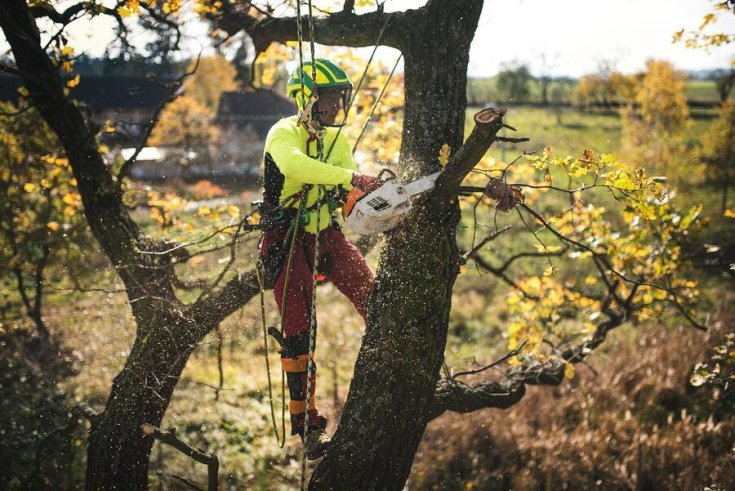
What Exactly Is an Arborist Report? Trees are a valuable addition to our environment, providing oxygen, curb appeal, shade, and a habitat for various species. However, when it is time for tree removal, especially protected ones, there are legal and…
Read More